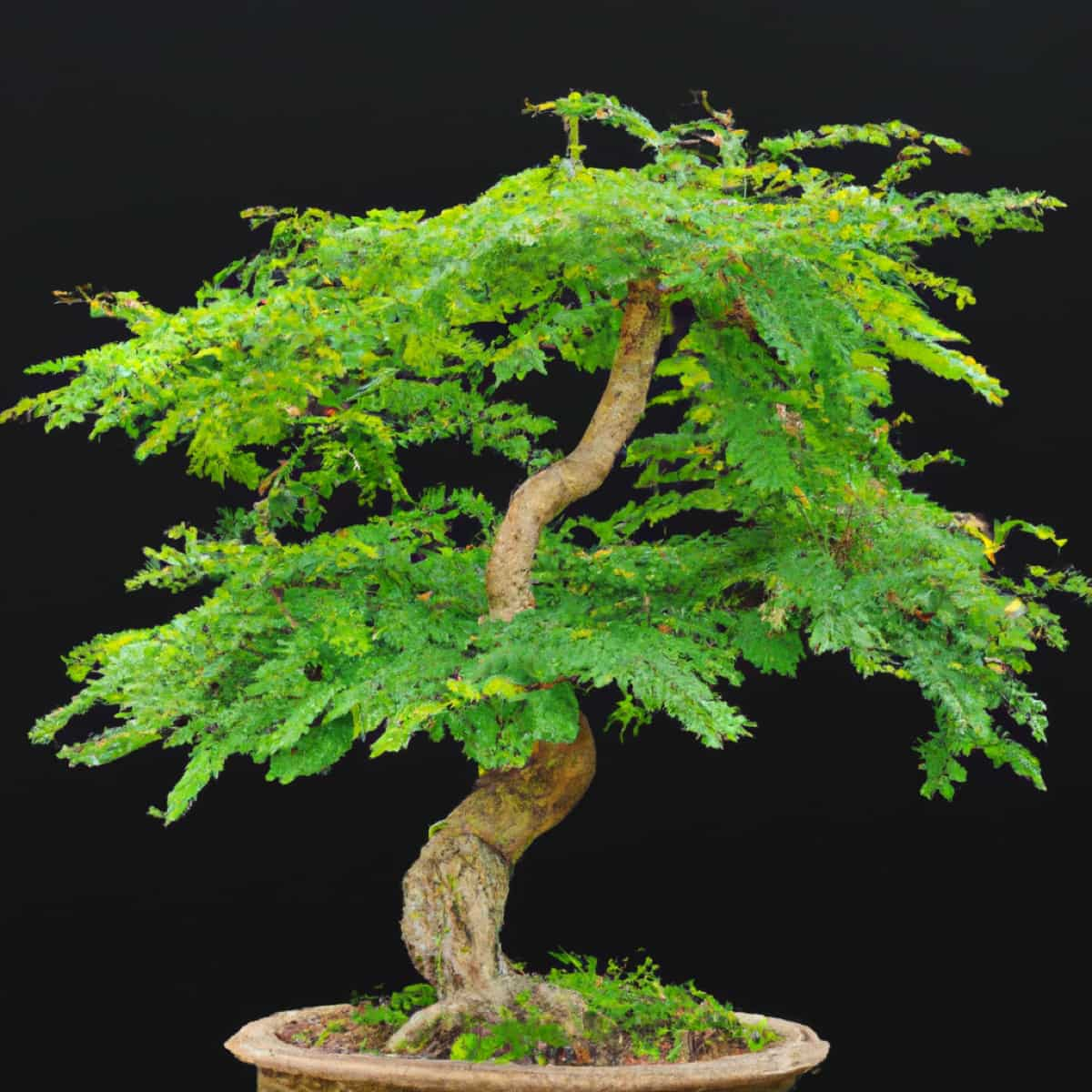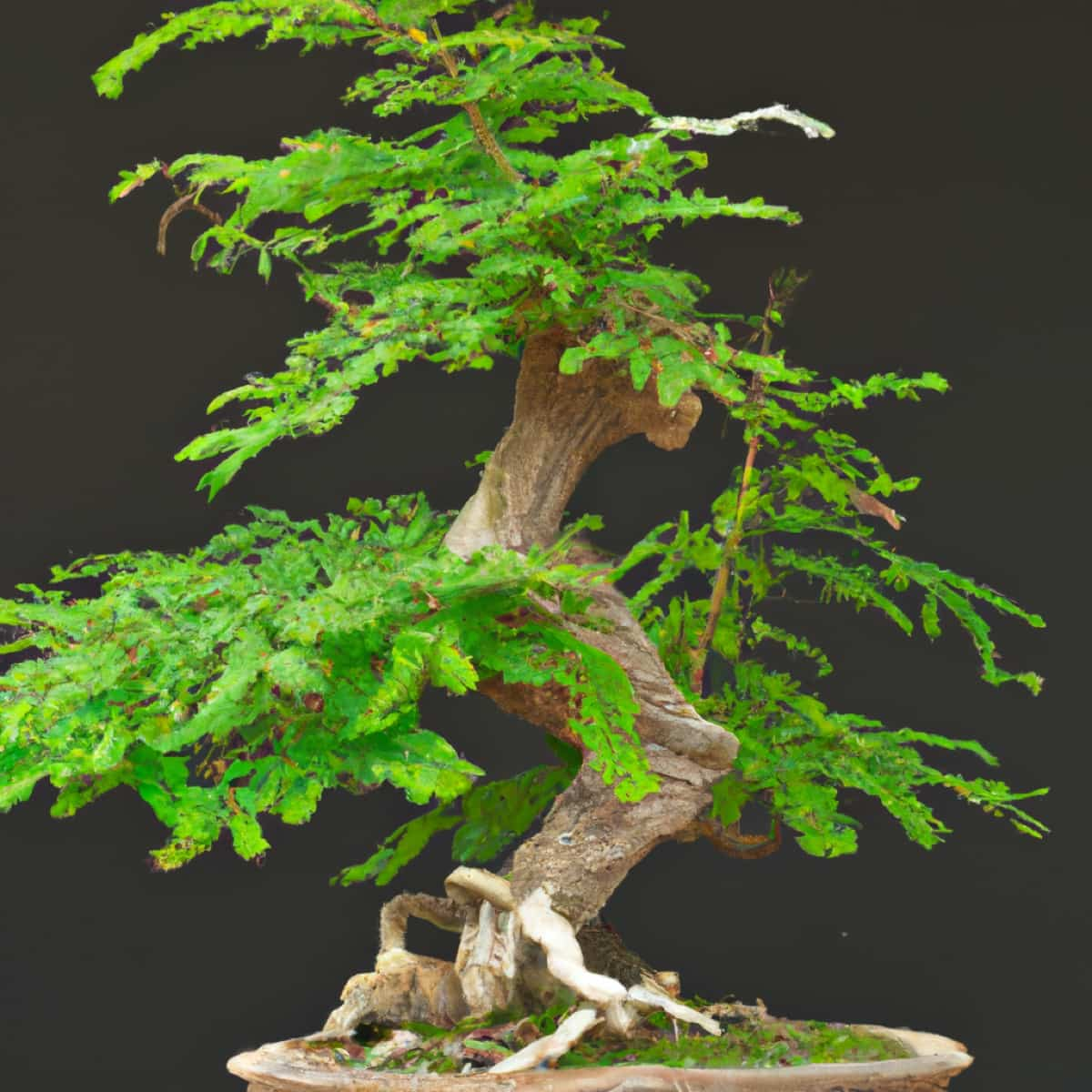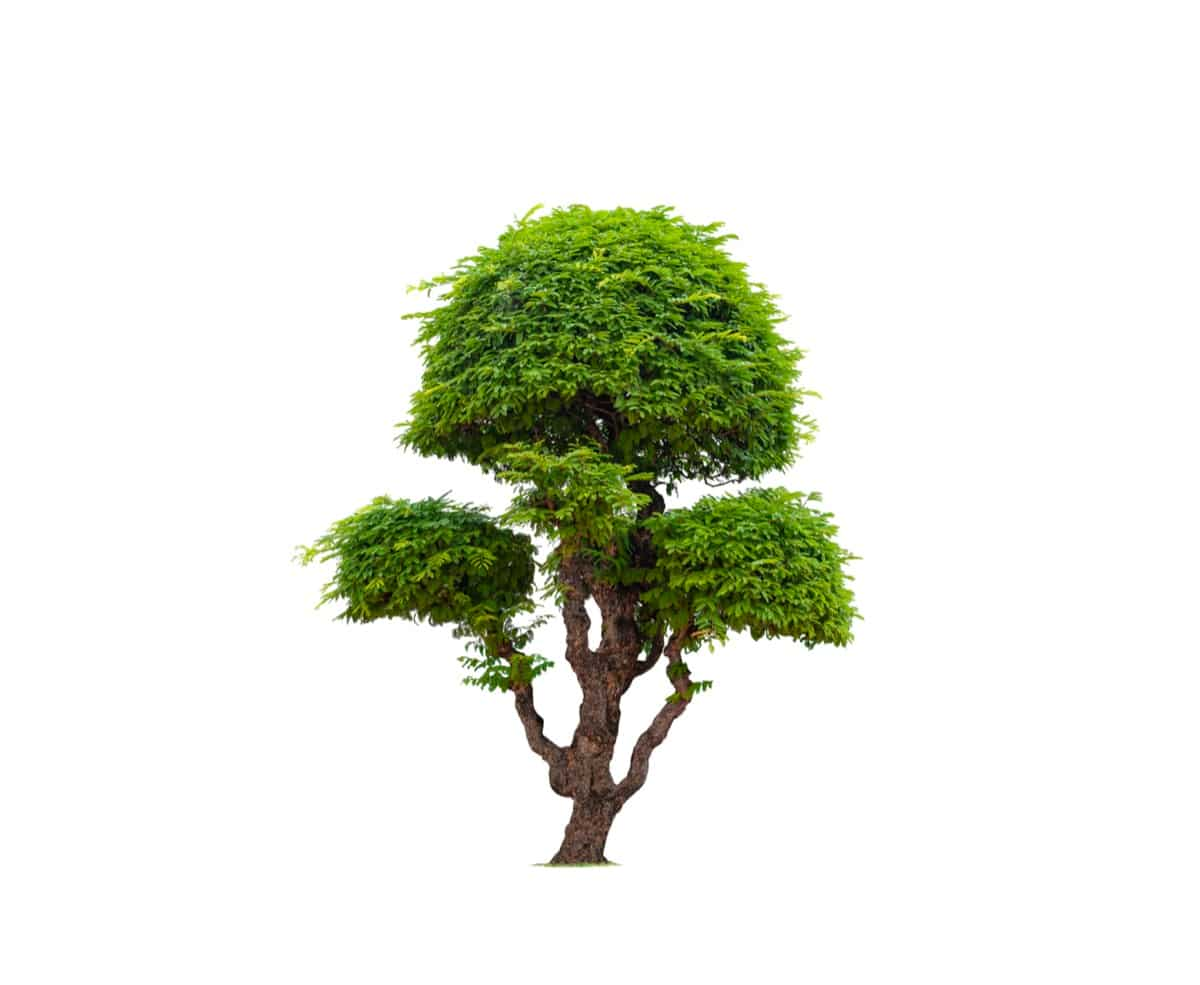Bonsai Tamarind Trees is a delightful addition to any home or garden, encapsulating the beauty and strength of nature in a compact package. Growing these miniature marvels is a rewarding challenge, combining artistic creativity with botanical knowledge. This article will detail the entire process of planting, growing, and caring for a Bonsai Tamarind tree. Whether you’re a seasoned bonsai enthusiast or a beginner, these comprehensive tips and strategies will guide your journey.

How to Grow and Care for Tamarind Bonsai
How to Plant Bonsai Tamarind Tree Indoors
The process begins with the initial planting of your Tamarind tree indoors. To start, select a suitable container for your bonsai. It should have good drainage and be large enough to support the growing tree. Then, prepare a planting mix suitable for Tamarind. Typically, it combines peat moss, coarse sand, and perlite.
This mix promotes aeration and drainage – both vital for healthy root development. Place the Tamarind seed in the pot and cover it lightly with the soil mixture. Water it gently, ensuring the soil is damp but not waterlogged. Position the pot in a well-lit spot indoors, but not directly under sunlight. Regularly monitor the plant, maintaining moist soil and consistent warmth to encourage germination.
Step-By-Step Guide to Growing Bonsai Tamarind from Seeds
Let’s delve into how to grow Tamarind bonsai from seed. After planting, the seed will take one to two weeks to germinate after planting. Once sprouted, ensure the seedling receives plenty of indirect sunlight. Remember to rotate the plant every few days to ensure balanced growth as it grows. Start training the young plant when it reaches about 10-15 cm in height, gently bending the stem with wire to create the desired shape. This slow, careful manipulation will eventually shape your Tamarind bonsai tree. Patience is vital in this process, as achieving the perfect bonsai form can take years.
Essential Care Tips for Bonsai Tamarind Plants
The essence of bonsai care lies in keen attention to the plant’s needs. Regular watering is crucial, but remember, overwatering can lead to root rot. A rule of thumb is to water when the topsoil feels dry. Fertilization is another vital aspect of bonsai care. Use a slow-release organic fertilizer every two weeks during the growing season to replenish the soil nutrients.
Remember to halt fertilizing in the dormant winter months. Regularly check your plants for signs of illness or bugs and take quick action to manage them. Finally, remember that your bonsai tree requires regular pruning to maintain its miniature size and desired shape.
Best Soil Mix for Bonsai Tamarind Trees
The right soil mix is paramount for bonsai health. For Tamarind trees, a well-draining and nutrient-rich mix is essential. A blend of one part peat moss, one part coarse sand, and one part perlite is a good starting point. Peat moss retains moisture and nutrients, coarse sand improves drainage, and perlite promotes root aeration. This combination ensures that the roots get the required nutrients and water without becoming waterlogged.
In case you missed it: How to Grow and Care for Cherry Bonsai: Planting, Pruning, and Repotting

Pruning Techniques for Maintaining Bonsai Tamarind Shape
Pruning Tamarind bonsai is both an art and a science. To maintain the desired shape, regular trimming of new growth is necessary. Use a sharp bonsai tool to trim back to the first or second pair of leaves on any new shoots. It’s also crucial to regularly inspect the tree for any dead or unhealthy branches. Such branches should be removed promptly to keep the tree healthy. Remember, pruning should always be done with clean, sharp tools to prevent disease spread.
Watering Schedule for Healthy Bonsai Tamarind Growth
Watering is a crucial factor in bonsai health. The goal is to keep the soil evenly moist without waterlogging. This balance is achieved by watering when the topsoil feels dry to the touch. Depending on the climate and season, this could be daily or every other day. Frequent watering may be necessary in hotter periods, but watering should be reduced in cooler months. Remember, each bonsai is unique and will require a customized watering schedule.
Sunlight Requirements for Bonsai Tamarind Trees
The Tamarind bonsai tree thrives under plenty of indirect sunlight. Ideal locations are near windows where they can receive bright but filtered light. Avoid direct sunlight, especially at the hottest time, as it can harm leaves. Regularly rotate your bonsai to ensure all parts of the tree receive equal exposure to the light, leading to balanced growth.
Common Pests and Diseases Affecting Bonsai Tamarind Plants
Like any other plant, pests, and diseases can affect the Tamarind bonsai tree. Common pests include aphids and spider mites, while fungal and bacterial diseases can also occur. Regular inspection of your bonsai is essential for early detection and treatment. In the case of pests, a mild insecticidal soap can often control the problem. For diseases, depending on the severity, treatments range from removing the affected areas to using specific fungicides or bactericides.
Winter Care for Bonsai Tamarind Trees
During the winter months, the care for your Tamarind bonsai tree needs to be adjusted. The plant enters a dormant period, so watering and fertilizing should be reduced. Also, consider moving the plant to a cooler area away from direct heat sources like radiators. However, the tree still needs much light during this period. Above all, the goal is to mimic the tree’s natural winter environment: a balance of rest, cool temperatures, and diffused light.
Repotting Bonsai Tamarind: When and How to Do It
Finally, let’s discuss repotting your Tamarind bonsai tree. As a rule, repotting occurs every two to three years or when the tree becomes root-bound. Begin by carefully removing the tree from its current pot. Then, trim back about a third of the root ball to promote new growth. Prepare the new pot by layering the bottom with fresh soil mix. Place the tree in the new pot, spreading the roots out evenly. Fill the pot with the soil mix to cover the roots completely. After repotting, water thoroughly and place the bonsai in a shaded area for a few weeks to allow it to adjust to its new home.
In case you missed it: Frequently Asked Questions About Tamarind Farming

Conclusion
The journey of nurturing a Bonsai Tamarind tree is an immensely rewarding one. The process of how to grow Tamarind bonsai from seed requires dedication, but watching a tiny seed grow into a miniature, yet majestic tree is a gratifying experience. Key aspects such as pruning Tamarind bonsai to maintain its shape, mastering a beneficial watering schedule, and learning how to handle the plant during different seasons are integral parts of the process.
The secret to successfully growing a Tamarind bonsai tree lies in paying close attention to each detail, from the soil mix to the plant’s sunlight requirements. Understanding common pests and diseases, and implementing effective strategies to combat them, will ensure your bonsai thrives. Remember, it’s not just about the destination but the journey, one filled with patience, commitment, and continuous learning. With time and care, you will see the fruits of your labor as a stunning, fully-grown Bonsai Tamarind tree.
- Feed Your Flock for Less: Top 10 Tips to Save on Chicken Feed
- Ultimate Guide to Ossabaw Island Hog: Breeding, Raising, Diet, and Care
- Hatching Answers: The Top 10 Reasons Your Chickens Aren’t Laying Eggs
- Eggs and Economics: Breaking Down the Cost of Raising Backyard Chickens
- Defend Your Greens: Proven Methods to Keep Iguanas Out of Your Garden
- Ultimate Guide to Cinnamon Queen Chicken: A Comprehensive Guide for Beginners
- Ultimate Guide to California Tan Chicken: Breeding, Raising, Diet, Egg-Production and Care
- Ultimate Guide to Marsh Daisy Chicken: Breeding, Raising, Diet, and Care
- 10 Types of Chicken Farming Businesses You Can Start for Profits